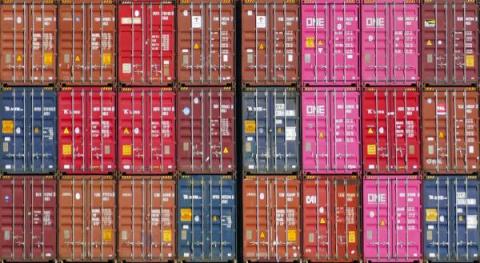Operations | Monitoring | ITSM | DevOps | Cloud
Latest News
Starting projects at incident.io
We’re a small startup (10 people at time of writing) with big ambitions, particularly when it comes to our product. With so many things we want to do, it’s important for us to be structured the way we approach our work, without being so process-driven that we lose all the benefits of being small and nimble. As we’re still new, and the team is growing all the time, very little is set in stone.
Build and test your code with a CI pipeline
This article is a part of our DevOps blog series inspired by our DevOps bootcamp live streams available to watch on our YouTube channel. As a developer constantly working with code, it’s only natural to feel the need to test your code frequently. Testing helps detect bugs and protect against any of the same in the future.
Everything you need to know about Squadcast and Microsoft Teams Integration
Announcing HAProxy Data Plane API 2.5
The focus of the 2.5 version was on expanding support for HAProxy configuration keywords, and that’s where most of the effort during this release cycle was spent. We will continue doing that during the next couple of versions to gain complete feature parity with both the HAProxy configuration and Runtime API so that you can use the Data Plane API as a full-featured way to configure HAProxy.
Building and running FIPS containers on Ubuntu 18.04
Whether running on the public cloud or a private cloud, the use of containers is ingrained in today’s devops oriented workflows. Having workloads set up to run under the mandated compliance requirements is thus necessary to fully exploit the potential of containers. This article focuses on how to build and run containers that comply with the US and Canada government FIPS140-2 data protection standard.
Monitor Ubuntu Advantage FIPS configurations
In regulated environments, some machines must adhere to strict cryptography requirements designed to protect systems from being cracked, altered, or tampered with. Using cryptographic modules that are FIPS certified or compliant ensure a systems’ encryption solutions adequately protect its digital assets. FIPS validated operating systems are a prerequisite for government agencies, their partners, and those wanting to conduct business with the federal government.
3 Steps to Align Your Team at the Start of your SD-WAN Project
Though you may be approaching SD-WAN with great anticipation, the old adage, ‘fail to prepare, prepare to fail’ has never been more relevant. Embarking on an SD-WAN project can be a complex process that requires a great deal of forward planning.
Crossing K8s Monitoring and Observability Gaps With Change Intelligence
Recently we had the privilege of being named a Gartner Cool Vendor in the Monitoring and Observability category. The funny thing is, while this is definitely the closest Gartner category for our solution, we aren’t really used to thinking about Komodor as a monitoring and observability tool.
Top 13 Site Reliability Engineer (SRE) Tools
The role and responsibilities of a site reliability engineer (SRE) may vary depending on the size of the organization, and as such, so do site reliability engineer tools. For the most part, a site reliability engineer is focused on multiple tasks and projects at one time, so for most SREs, the various tools they use reflect their eve-evolving responsibilities.











